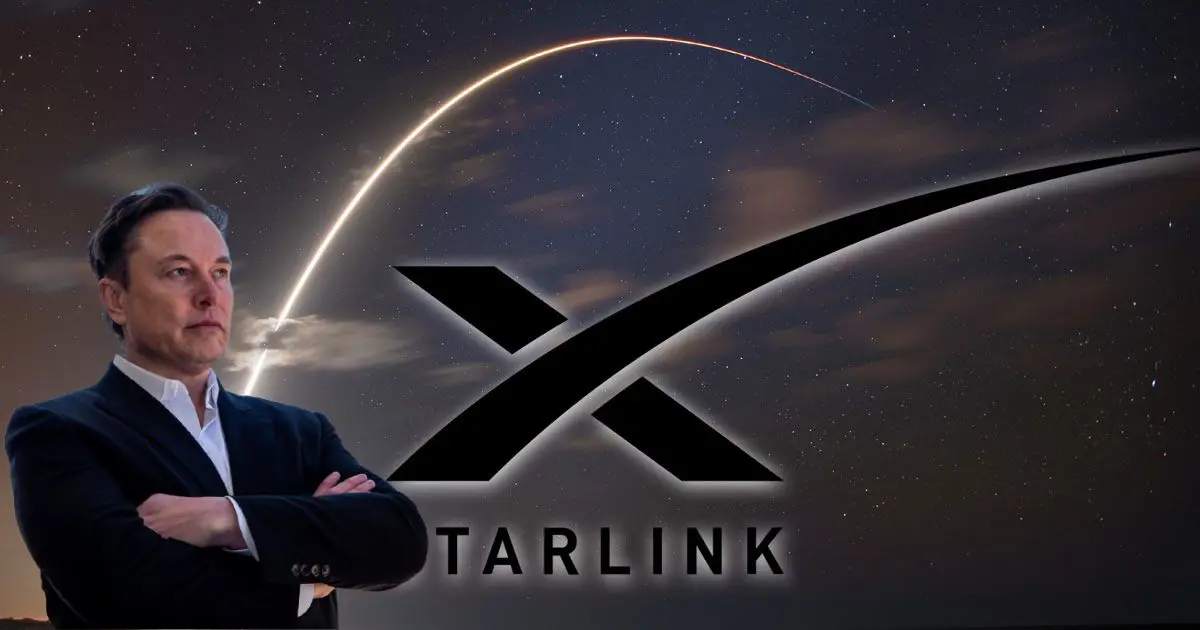Musk’s Starlink will undermine India’s strategic and technological independence, says think tank
15 Nov 2024

Elon Musk’s Starlink constellation of satellites is another front of the American military industrial complex for getting direct access to people across the world, irrespective of national or geographical boundaries, by offering internet service, according to Kutnite, a Delhi-based think tank.
The Starlink satellite constellation is also a duel technology tool that serves the US military interests in the guise of a satcom providing civil communication services across the world, says Kutnite in a recently published report.
Starlink provides American government agencies direct access to citizens of countries across geographies without any regard for the governments of those countries.
The dual use of Starlink is evident in that while the company pushes the cause of democratisation of technology use, its biggest customer and promoter is the US government, including its agencies and the military, the report points out.
America has legitimised unauthorised surveillance on foreign individuals and entities through its Foreign Intelligence Surveillance Act (FISA). In fact, it has its Foreign Intelligence Surveillance Court (FISC) to deal with resistance to such surveillance.
Its disregard for sovereignty and democracy of other nations is evident in the misuse of dual technology that runs through Starlink, SpaceX and NASA besides its online entities, according to Kutnite.
The US defence and intelligence agencies are the backbone of the Starlink programme. By sponsoring Musk’s own entity SpaceX to expand the scope of the Starlink programme for military use and regular tests to verify its technical capabilities the US government ensured the capabilities of Starlink beyond civilian applications.
SpaceX is also reported to be building `Starshield’, a network of spy satellites, under a $1.8 billion contract with the National Reconnaissance Office (NRO), which manages America’s spy satellites.
Starlink can equally be used for warfare and control as it provides the necessary ground infrastructure radar deployed in countries where it provides internet services, while its architecture enables most of the surveillance programmes of CIA and NSA.
The Starlink programme provides US military combat units deployed across the world with low-cost, high-speed internet services that would enhance US military’s operational capabilities.
In recent tests using the C-12 reconnaissance aircraft, US military has achieved a network speed of 610 Mb/s via Starlink satellites against the current 5 Mb/s, according to the Kudnite report.
The United States has also plans to deploy a system comprising a number of small and agile satellites in its next generation military satellite constellations.
Also, Starlink is a vertically integrated operator, offering all three main satellite services, including earth observation, communication-data and location services and defence related services.
With all these services on offer and a global reach, Starlink would hamper investment by other space-based companies in geographies it operates, Kutnite points out.
SpaceX, which already has a near monopoly on the global launch market, could also limit market share for Indian space agencies like Isro, Antrix and NSIL.
Kudnite cited the instance of Taiwan, which despite its dependence on the United States, has refused to grant Starlink an ISP licence, and is now creating its own satellite system to safeguard sovereignty.
America, which assumes the role of the global policeman, has to strengthen its position – military and economic - while weakening that of others to hold on to that role.
Starlink’s direct-to-cell service will threaten local players like Reliance Jio, BSNL and Airtel.
India will also risk gains of Atmanirbhar Bharat as it would miss the full scale development of Satcom technology, which is going to its third generation.
The only argument in favour of Starlink is that its technology will help India cover the remaining 0.2 billion people left out of the cellular network, which already connects 1.2 billion people, but at a huge cost.
Even if Starlink gets only 10 per cent of this 200 million people, it would be making an annual revenue of $34 billion at its current data price in the US, which is around $1,680 a month, Kutniti points out.
India has already built a healthy infrastructure and the ecosystem needed to support it. It should rather lead the world than borrow from others in its march towards development and progress, the report adds.







.webp)














